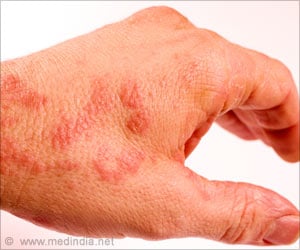Contaminants present in fish, such as polychlorinated biphenyls, dioxins, arsenic and mercury, increase the risk of malignant melanoma.
- Consuming higher amounts of fish can increase your risk of malignant melanoma
- Daily intake of 42.8 grams of fish can increase the risk of skin cancer by 28%
- The risk increases due to the contaminants present in fish
They also found that those whose median daily intake was 42.8 grams of fish had a 28% increased risk of developing abnormal cells in the outer layer of the skin only – known as stage 0 melanoma or melanoma in situ – compared to those whose median daily intake was 3.2 grams of fish.
A portion of fish is approximately 140 grams of cooked fish.
Why Consuming Fish Increases Skin Cancer?
To examine the relationship between fish intake and melanoma risk the authors analyzed data collected from 491,367 adults who were recruited from across the USA to the NIH-AARP Diet and Health Study between 1995 and 1996.Participants who were aged 62 years on average reported how frequently they ate fried fish, non-fried fish and tuna during the previous year as well as their portion sizes.
The researchers calculated the incidence of new melanomas that developed over a median period of 15 years using data obtained from cancer registries. They accounted for sociodemographic factors as well as participants’ BMI, physical activity levels, smoking history, daily intake of alcohol, caffeine and calories, family history of cancer and the average UV radiation levels in their local area. A sum of 5,034 participants (1.0%) developed malignant melanoma during the study period and 3,284 (0.7%) developed stage 0 melanoma.
A median intake of 17.8 grams of non-fried fish per day was associated with an 18% higher risk of malignant melanoma and a 25% higher risk of stage 0 melanoma, compared to a median intake of 0.3 grams of non-fried fish per day. The researchers did not identify significant associations between consumption of fried fish and the risk of malignant melanoma or stage 0 melanoma.
The researchers caution that the observational nature of their study does not allow for conclusions about a causal relationship between fish intake and melanoma risk. They also did not account for some risk factors for melanoma such as mole count, hair color, history of severe sunburn and sun-related behaviors in their analyses. Additionally, as average daily fish intake was calculated at the beginning of the study, it may not be representative of participants’ lifetime diets.
The authors suggest that future research is needed to investigate the components of fish that could contribute to the observed association between fish intake and melanoma risk and any biological mechanisms underlying this. At present, they do not recommend any changes to fish consumption.
Source-Eurekalert















